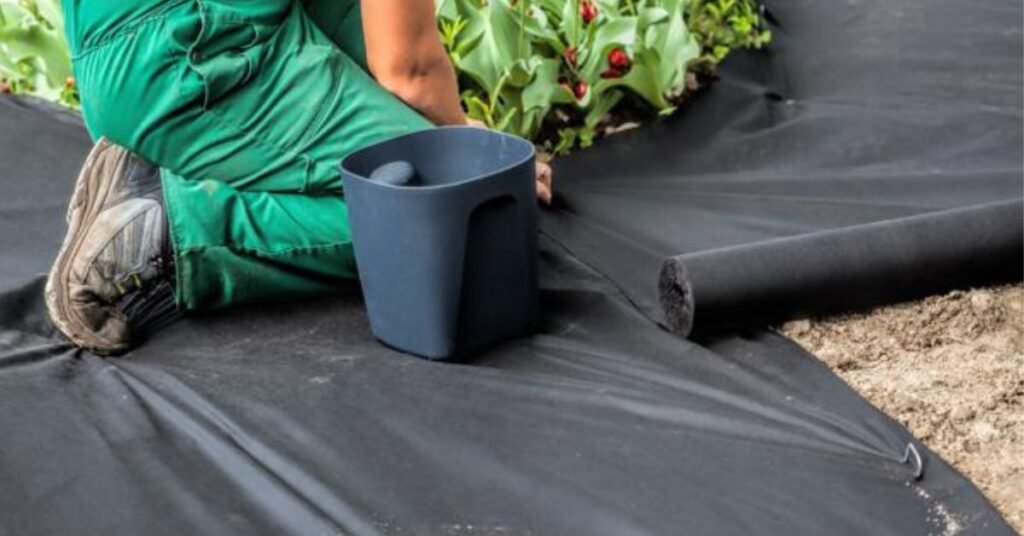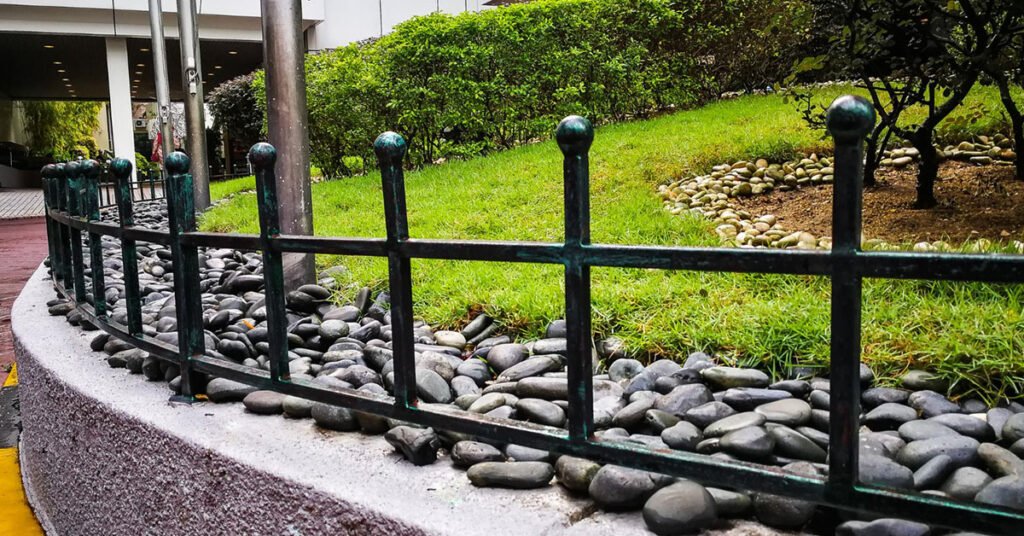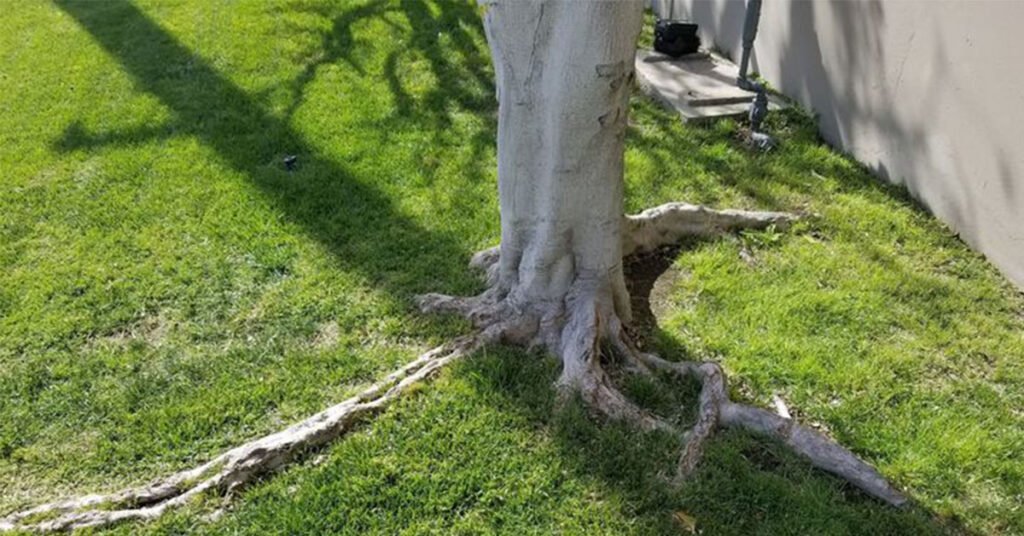Aspiring landscapers, welcome to the foundational skill of your craft: cutting landscaping fabric. While it may seem like a simple task, mastering this technique is crucial for the success and longevity of your landscaping projects. In this comprehensive guide, we’ll walk you through how to cut landscaping fabric. Let’s get started.
What is Landscaping Fabric?
Landscaping fabric, also known as weed barrier fabric or weed control fabric, is a permeable material designed to suppress weed growth while allowing water, air, and nutrients to penetrate the soil. By using landscaping fabric, you can significantly reduce the amount of time and effort spent on weed maintenance, resulting in healthier and more vibrant landscapes.
Tools You’ll Need
To cut landscaping fabric effectively, you’ll need the right tools for the job. Here are some essential tools to have on hand:
- Sharp Scissors or Utility Knife: A sharp pair of scissors or a utility knife will make clean and precise cuts, ensuring a professional-looking finish.
- Measuring Tape or Ruler: Accurate measurements are crucial for cutting the fabric to the correct size, so be sure to have a measuring tape or ruler handy.
- Marker or Chalk: Marking the fabric before cutting will help you stay on track and ensure consistent cuts throughout the project.
How to Cut Landscaping Fabric?
Cutting landscaping fabric is a fundamental skill that every aspiring landscaper should master. Follow these simple steps to ensure clean, precise cuts every time:
1. Measure and Mark
Begin by measuring the area where you need to install the landscaping fabric. Use a measuring tape or ruler to determine the desired dimensions. Once you have your measurements, use a marker or chalk to mark the fabric according to the measurements.
2. Prepare Your Tools
Before you start cutting, make sure you have the right tools for the job. Sharp scissors or a utility knife are ideal for cutting landscaping fabric. Ensure that your tools are sharp and in good condition to achieve clean cuts.
3. Cutting Straight Lines
- Place a straight edge, such as a ruler or a piece of wood, along the marked line on the fabric.
- Hold the straight edge firmly in place to guide your cutting tool and ensure a straight cut.
- Using sharp scissors or a utility knife, carefully cut along the marked line, applying steady pressure to ensure a clean cut.
- Continue cutting until you have completed all straight sections of the fabric.
4. Cutting Curves
- Cutting curves requires a bit more precision and patience. Start by making small incisions along the curved line, following the marked path as closely as possible.
- Take your time and make gradual cuts, adjusting your grip on the fabric as needed to maintain control.
- If you’re using scissors, you may need to pivot the fabric slightly to navigate tight curves. With a utility knife, make small, controlled cuts, being careful not to veer off course.
- Continue cutting until you have completed the entire curve, ensuring smooth and even edges.
5. Inspect and Trim
Once you’ve finished cutting the fabric to size, take a moment to inspect the edges for any rough or uneven areas. Trim any excess material or stray threads to ensure a neat and professional finish.
6. Repeat as Needed
Depending on the size and shape of your landscaping project, you may need to repeat the cutting process multiple times. Take your time and follow the same steps for each section of fabric, ensuring consistency throughout the installation.
7. Install with Care
Once you’ve cut all the pieces of landscaping fabric to size, carefully position them in the desired location, overlapping the edges slightly to prevent weeds from penetrating between seams. Secure the fabric in place with landscape pins or staples, ensuring a snug and secure fit.
Read More: How To Make Landscaping Beds?
Conclusion
You’ve successfully mastered the art of cutting landscaping fabric! With the right tools and techniques, you can tackle any landscaping project with confidence and precision. Remember to choose the right fabric for your needs, measure carefully, and use sharp tools for best results.



